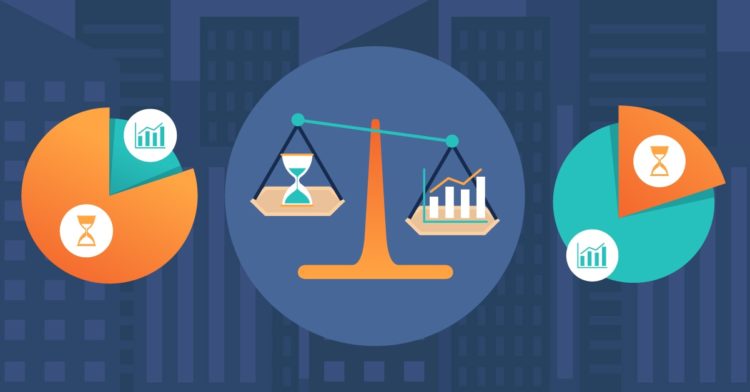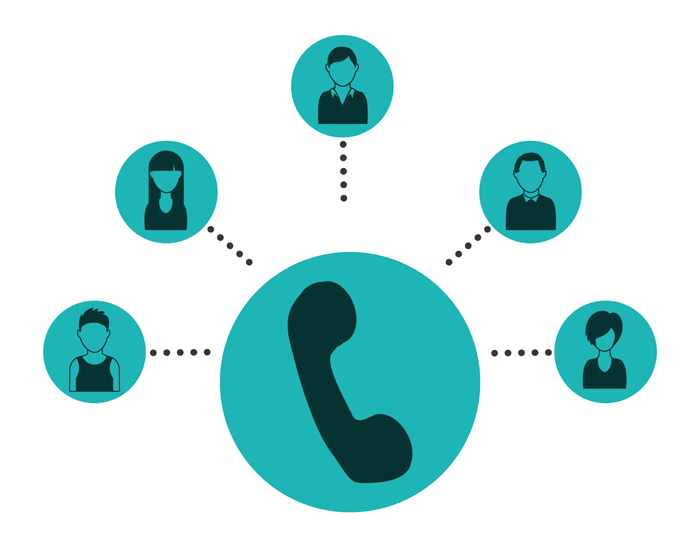People who place calls to call centers probably don’t consider what’s happening on the other end. Some businesses receive around 200 people a day, per agent alone. But call centers are rather complex, and it’s important to understand the terminology and functionality, especially if you’re looking to invest in a quality call center software. Check Nexa for more information.
If you’re trying to decide on the best software for you and your business, you’re probably comparing systems and features in hopes of finding the best option for your team. And if you’ve asked a fellow business owner for advice, then you’ve probably been told to aim for a service level target of 80/20. But what exactly does that mean and how can you get it? Here’s what you need to know.
What is 80/20?

source: salesforce.com
The 80 in 80/20 refers to the percentage of calls being accepted at a call center, while the 20 refers to the average speed of answer (or ASA) of the call. With a service level target of 80/20, 80 percent of calls are being answered in an average of 20 seconds. The numbers in this term might fluctuate, but 80/20 has been the standard for most call centers and often produces great results. This target can change, though, ultimately reflecting the best option for your business.
A faster ASA can be good for customer service, as the clients’ needs are met much quicker, however, it can also be expensive. In order to reduce the ASA, you need the right software and properly trained employees to meet that need and work both quickly and efficiently. After all, you never want to sacrifice call quality for speed.
Some businesses can afford to operate at different numbers, such as 70/40, because of their clients’ expectations or the needs of the businesses. Ultimately, you will have to consider what service level target is right for you and your needs, and an experienced company will be able to help you understand what that is.
What is an automated call distributor?

source: hodusoft.com
An automated call distributor (ACD) works to give your clients the highest level of service by matching callers with call agents and representatives who are best suited to meet their needs. If your organization receives a high volume of callers, implementing an ACD system is a great way to increase your ASA and reduce call abandonment (callers hanging up before speaking with a representative). ACD also collects data and can integrate with your workforce management systems. This means your entire workflow can improve through the use of an ACD, making it a great investment and an efficient tool.
ACD can also include the use of a virtual queue. This queue gives your callers the option to receive a callback or text when an agent is available. As a result, you are less likely to have clients abandon the call, and they will feel like their concerns are valued and properly addressed. Callers can also interact with agents in a variety of ways, including but not limited to voice calls, emails, text messages, and video calls. This means more clients will be able to receive service because you can reach customers who are hard of hearing, have anxiety making phone calls, or simply are unable to commit time to a traditional voice call. Callers can even switch between these methods, which creates a continuity of service.
How are 80/20 and ACD related?

source: smallbusinessbonfire.com
If you’re looking for a service level of 80/20, consider an ACD. Using an ACD not only reduces call abandonment, but it also increases the ASA of each call. An ACD collects data and directs callers to the right representative, which increases the quality of customer service. The ACD analyzes the caller’s history, priority, records, and information provided in order to direct the client to the agent or representative who can best help them. This means your clients’ needs are met quicker and more efficiently, and they are more likely to utilize the service and your business in the future.
An ACD can also redirect calls to off-site service representatives (known as follow-the-sun routing), which means your service level target is more likely to be met. If you’ve been considering a call center service or software for your business, consider using an ACD. You might have your heart set on a service level target of 80/20, but weren’t sure of exactly what it entailed. Now that you know exactly what it means and the ways this model helps your business, there’s no reason not to consider implementing an ACD. After all, an ACD will help you accomplish any goal you may have set for your business and call center, which makes it a worthy investment.





